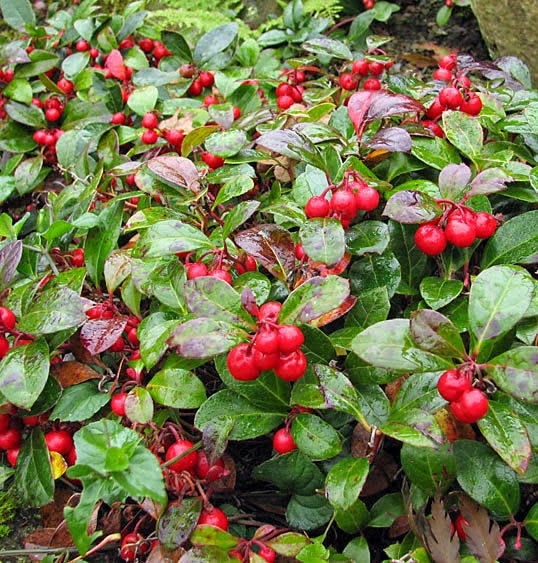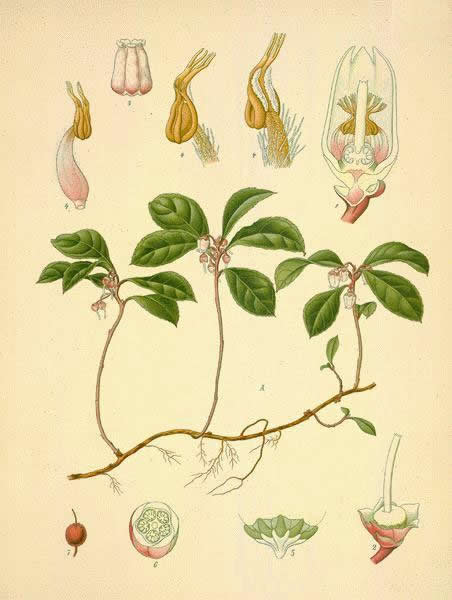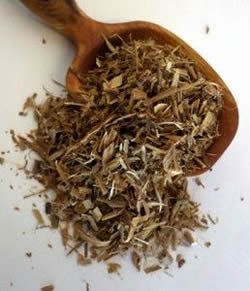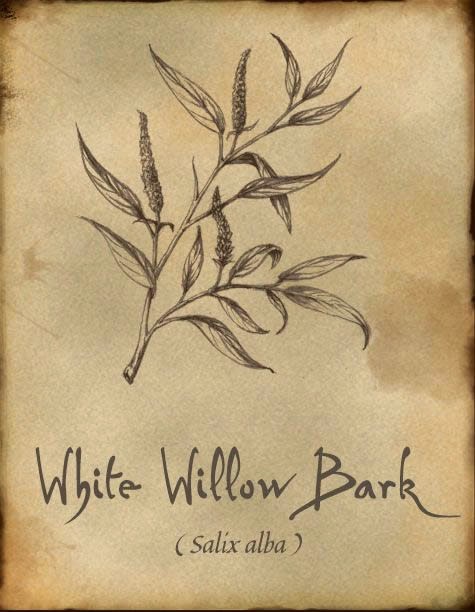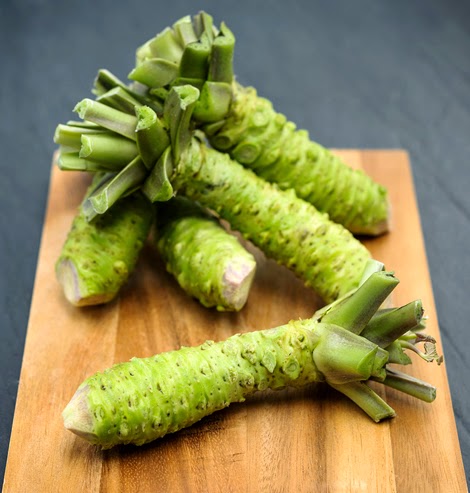White peony root
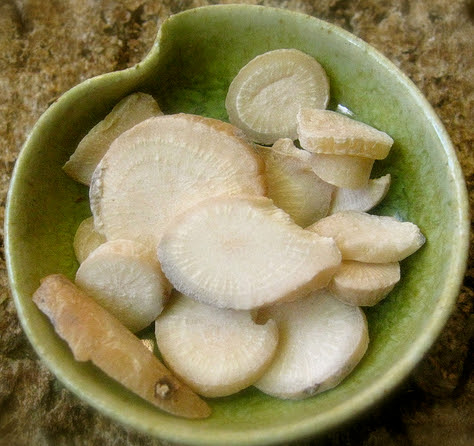 |
| White peony root |
Peonies are members of the same botanical family as the buttercup, Ranunculaceae, and belong to the genus Paeonia. They originated in Asia, and have been cultivated in both Japan and China for at least several centuries, perhaps even a millennium. Peonies are an early ground-breaker, producing reddish shoots as early as April in the Northern Hemisphere.
They are a tall plant, ranging from 1–5 ft (30–150 cm) in height. Their branching stems produce glossy deep green leaves that taper to a point on each end, and grow up to 5 in (12.5 cm) in length. The peony root is brownish in color and tuberous.
The peony flowers are produced at the tips of the branching stems. Beginning as globular buds that produce a sweet, sticky exudate that attracts ants (that do no harm), these buds slowly open into large, showy flowers with diameters up to 10 in (20.5 cm) wide. The peony is an extremely long-lived plant, especially for a flowering one. It is not uncommon for peonies to live for a hundred years.
  |
They prefer moist, humus-rich loam and either full or partial sun. If peonies become overcrowded, the plants must be divided, and at the end of the growing season, it is best to cut the stems off at ground level and mulch for winter protection.
Though there are literally hundreds of hybrid varieties that have been developed over the centuries, most peonies share both a common origin and fairly similar characteristics. Many resemble a herbaceous shrub.
Others that originated in western China have woody stems and are called tree peonies. Tree peonies do not die back completely in winter. In addition, tree peony root and red peony root are considered separate entities in traditional Chinese medicine.
 |
| Blooming white peony |
Classification of these flowering plants is often based on when they bloom. The earliest produce blossoms in late April (in southern areas) or early May. Others flower in mid- or late May and into June. Another means of classifying peonies is based upon the shape of their flowers. Single peonies form a circle of five or more petals radiating symmetrically outward from a middle ring of yellow stamens, or male procreative structures.
Japanese peonies have a similar appearance, but the stamens are both more narrow and more level and produce no pollen. Other varieties are either semi-double or double. Semi-double peonies have multiple rings of petals circling around visible stamens. Double peonies produce concentric rings of showy petals that hide the stamens.
Most of the varieties of peony admired in flower gardens today are hybrids of the two original species of this plant, Paeonia officinalis and Paeonia lactiflora, which differ slightly in appearance.
 |
| white peony plant |
Paeonia lactiflora, also called Paeonia alba or white peony, is the plant most often used in herbal medicine, particularly in Chinese herbal medicine. White peonies grow to 3 ft (1 m) tall, and are among the later-flowering peonies, coming into bloom in May and June in most climates. They have a sweeter scent than Paeonia officinalis.
Despite the name of white peony, flowers can be several hues other than white depending upon the subspecies. There are rose-pink and scarlet varieties, as well as white peonies ornamented with other colors. White peonies can be either single, semi-double or fully double. Paeonia rubra, or red peony, is a separate herb.
General use
Under the name bai shao, white peony root is used in many diverse Chinese herbal formulas. It is considered a herb with strong blood-toning characteristics, used to treat the imbalance of blood in the body, cooling and providing nourishment to the blood and activating circulation.
More specifically, red peony root is used to treat heat rash, to correct poor circulation and to stop hemorrhages. White peony root is used for irritability and muscle cramping, vaginal discharges, excessive menstrual bleeding, and excessive sweating. It is also given to treat a large variety of gynecological disorders and to avert miscarriage.
In the databases developed by the Agricultural Research Service of the United States Department of Agriculture, white peony root (from both Paeonia albaflora and subspecies Paeonia albaflora trichocarpa) has been shown to have chemical properties that restore the normal functioning of the digestive system; act as a laxative; relieve pain; reduce or stop spasms or seizures; lower blood pressure by dilating arteries; and improve the nutrition of blood.
Peony root appears to have some positive effects in treating anemia, some types of cancer, convulsions, gastritis, hypertension, and some gynecological problems. It can also be used as an emmenagogue, which means that it can bring on a woman’s menstrual period.
Preparations
Powdered peony root is used in combination with other herbs used in Chinese herbal medicine, including apricot seeds, bupleurum, inula, cyperus, clematis, corydalis, ginseng, licorice, pueraria, rehmannia, dogwood, and gardenia.
The classic Chinese blood tonic is a mixture of rehmannia, dang bui, cnidium, and white peony. A Western herbalist suggests combining white peony with nettles and yellow dock for treating mild anemia or blood deficiency.
Precautions
Chinese herbalists advise against using white peony root when cold-deficiency diarrhea is present.
Western readers should remember that Chinese herbal medicine is based upon individual prescriptions developed for each patient and his or her unique symptoms. Chinese herbs should not be taken, either individually or in formulas, unless a practitioner of Chinese herbal medicine is first consulted.





